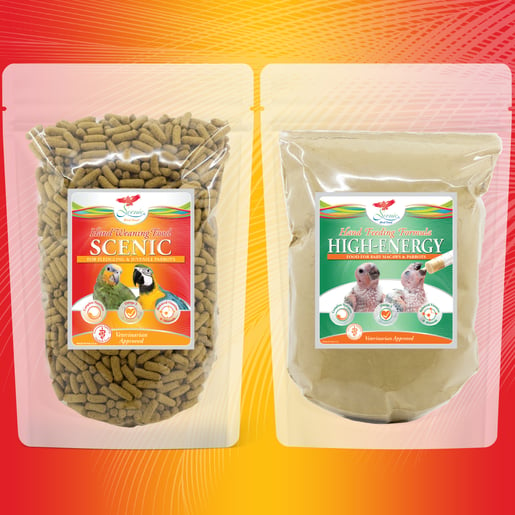Bringing a recently weaned parrot into your home can be an exciting experience, but it often comes with challenges, especially regarding feeding. Many new owners find that their parrots exhibit a reluctance to eat, and understanding the reasons behind this behavior can help you support your feathered friend during this transition.
The Concerns with Weaning
Many recently weaned parrots may display a variety of behaviors regarding food. Some birds have been force-weaned and lack the proper skills to feed themselves. Others may have been weaned onto limited diets, leading them to fixate on a single type of food, such as sunflower seeds. This fixation often occurs out of desperation because that’s the only food they feel comfortable managing.
Additionally, even well-weaned parrots may struggle during the stressful transition to a new environment. Their inexperience with a variety of foods and natural lack of physical coordination can make the process even more challenging. For these birds, learning to eat can take time and patience.
Common Questions from Parrot Owners
As a parrot owner, you may ask questions similar to those of others in your situation. Here are a couple of common queries along with helpful responses:
Question: "The breeder told me she was weaned, but doesn't seem to be eating anything. What's wrong?"
Answer: "The bird needs to be taught how to eat independently. Start by offering a variety of foods and demonstrating how to eat them."
Question: "The pet store said two feedings a day would be enough, but he just picks at the food and seems hungry all the time. Should I increase the number of feedings per day?"
Answer: "If the bird appears hungry, feed him more often! Increase the number of feedings per day to prevent him from panicking and going into fasting mode. While doing this, focus on expanding his skills and teaching him how to eat different types of food."
Question: "My fledgling was eating dry pellets, but suddenly she's not interested anymore. What happened?"
Answer: "If the bird regresses after it is weaned, start feeding warm, soaked morsels again several times a day until the baby is comfortable and is eating dry food. Don't forget a variety of fresh fruits and veggies!"
Tips for Successful Feeding
✅Offer Variety: Provide a range of foods, including fruits, vegetables, and pellets, to encourage your parrot to explore and try new things.
✅Be Patient: Remember that it may take time for your parrot to adjust and learn how to eat independently. Be gentle and encouraging during this process.
✅Model Eating: If you're comfortable, you can demonstrate eating behaviors by showing your parrot how to pick up and eat different foods. Birds often learn by watching.
✅Create a Comfortable Environment: Ensure your parrot feels safe and secure in its new surroundings, as stress can affect its willingness to eat.
✅Monitor Food Intake: Monitor how much your parrot is eating. If you notice a lack of interest in food for an extended period, consult an avian veterinarian.
Introducing Scenic Hand Weaning & Feeding Food for Juvenile & Baby Parrots!

Long-time Scenic customers are familiar with our Hand Weaning and Hand Feeding products and protocols. We are reintroducing these products, along with an extended section on our website describing our feeding protocols. Check them out!
Read more
Conclusion
Welcoming a recently weaned parrot into your home is a journey that requires understanding and patience. By providing a supportive environment and being willing to teach your new companion, you can help them overcome their initial reluctance to eat. Remember, the goal is to empower your parrot to feed itself confidently and enjoy a varied diet in the process. Happy bonding!
.jpg)